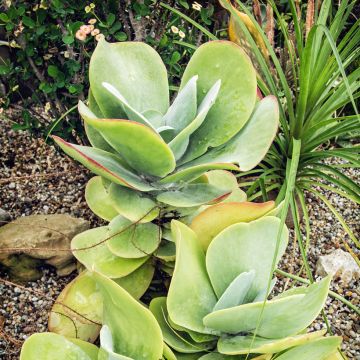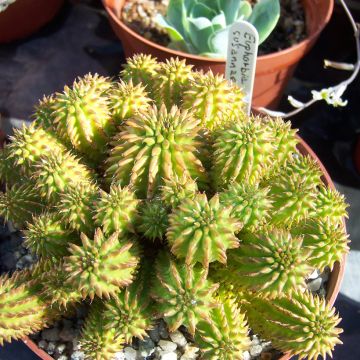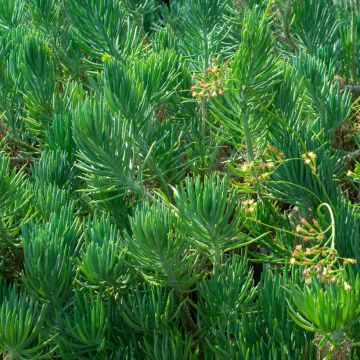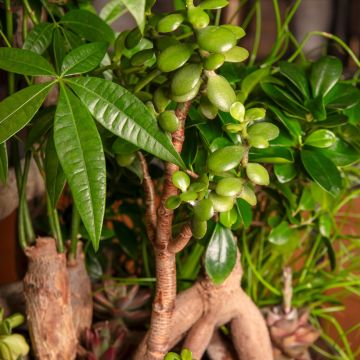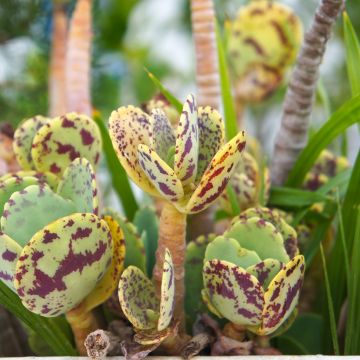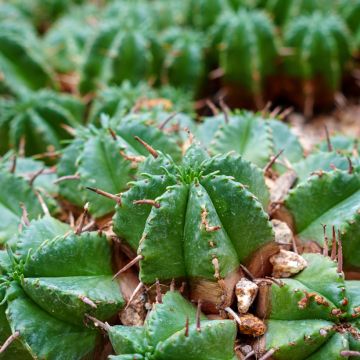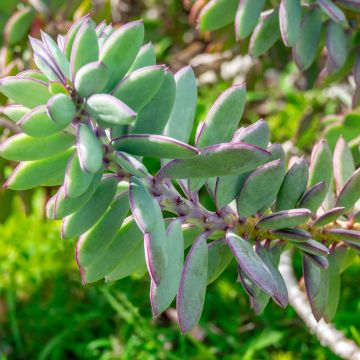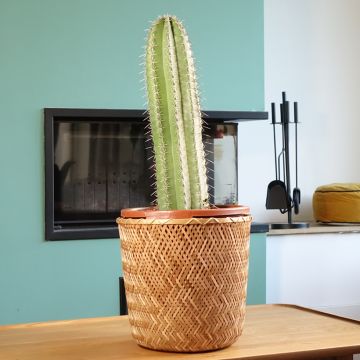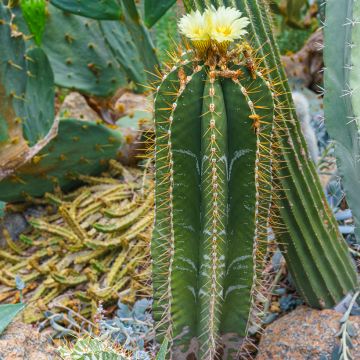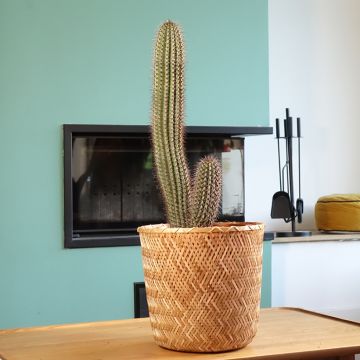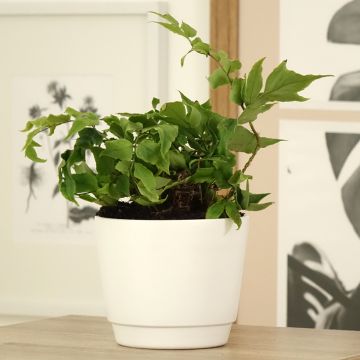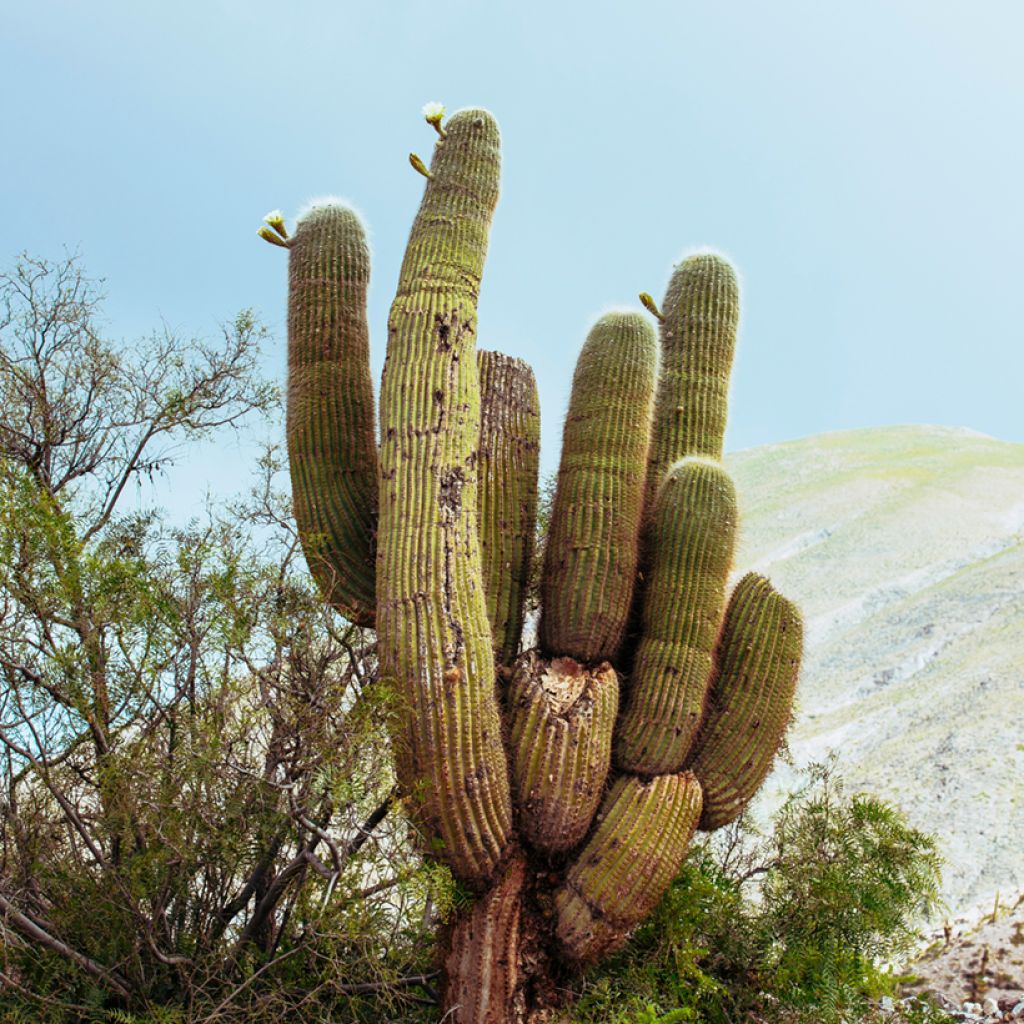

Pachycereus pringlei - Mexican giant cactus
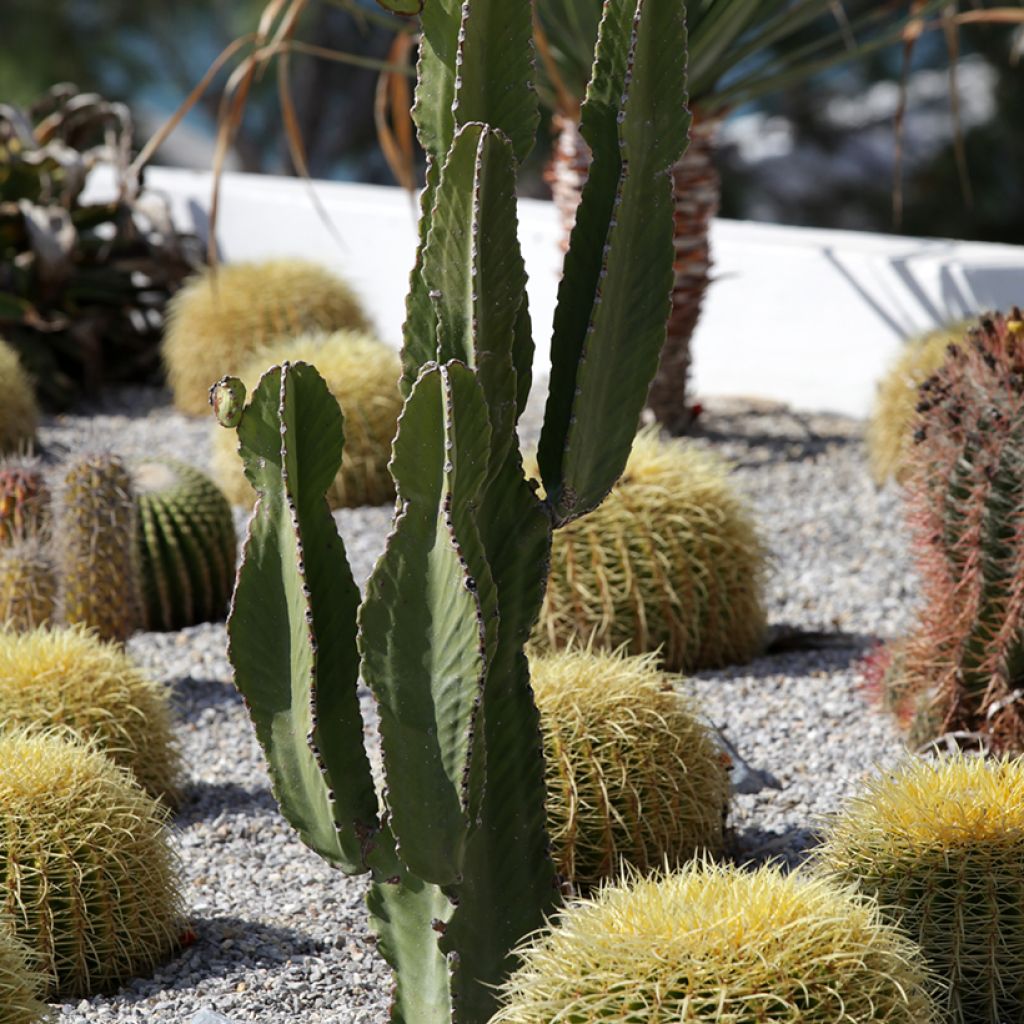

Pachycereus pringlei - Mexican giant cactus
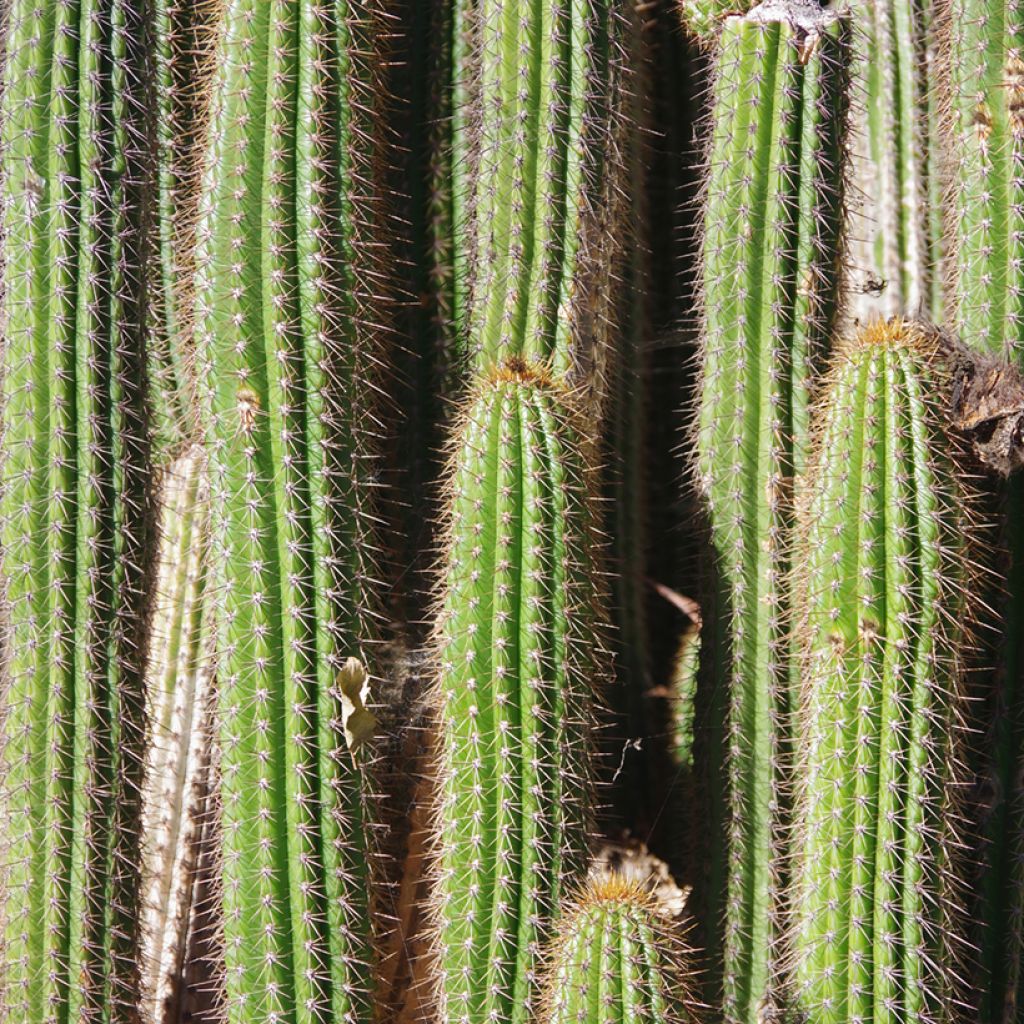

Pachycereus pringlei - Mexican giant cactus
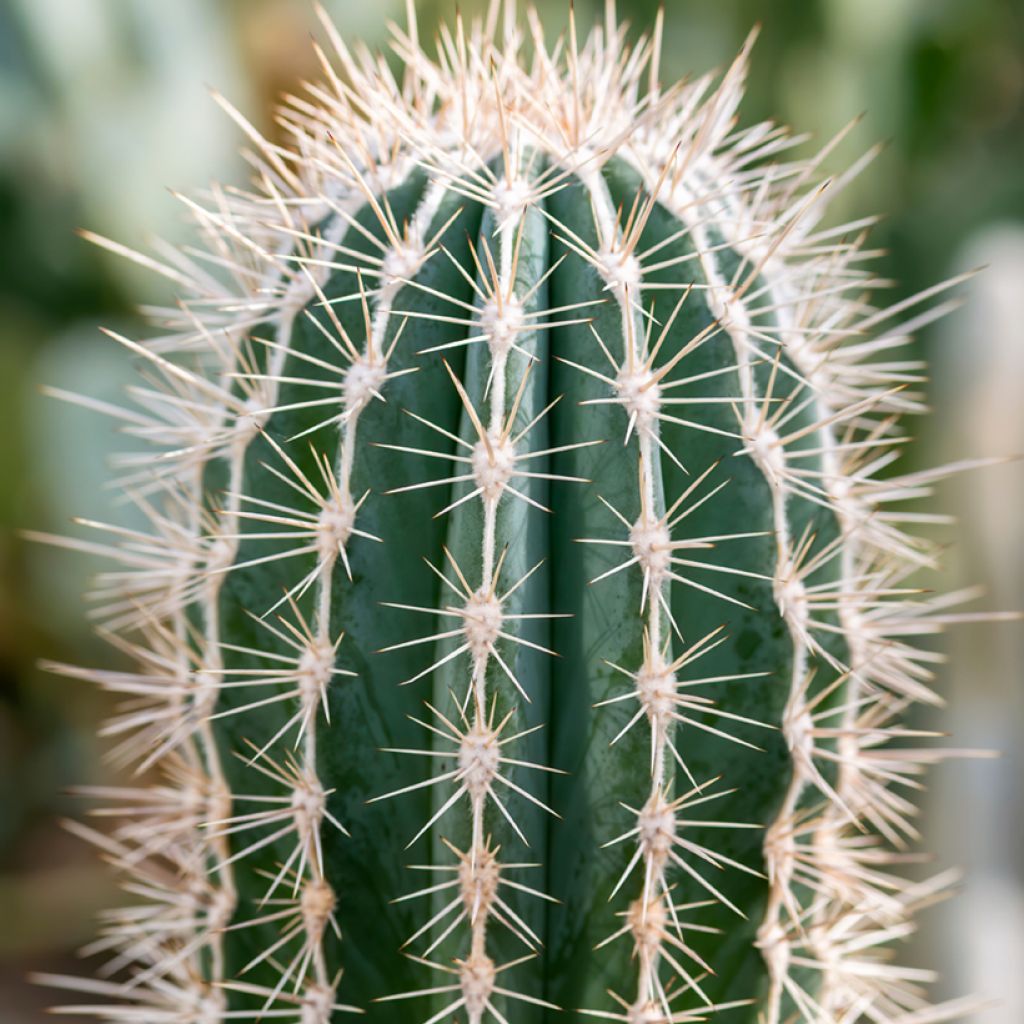

Pachycereus pringlei - Mexican giant cactus
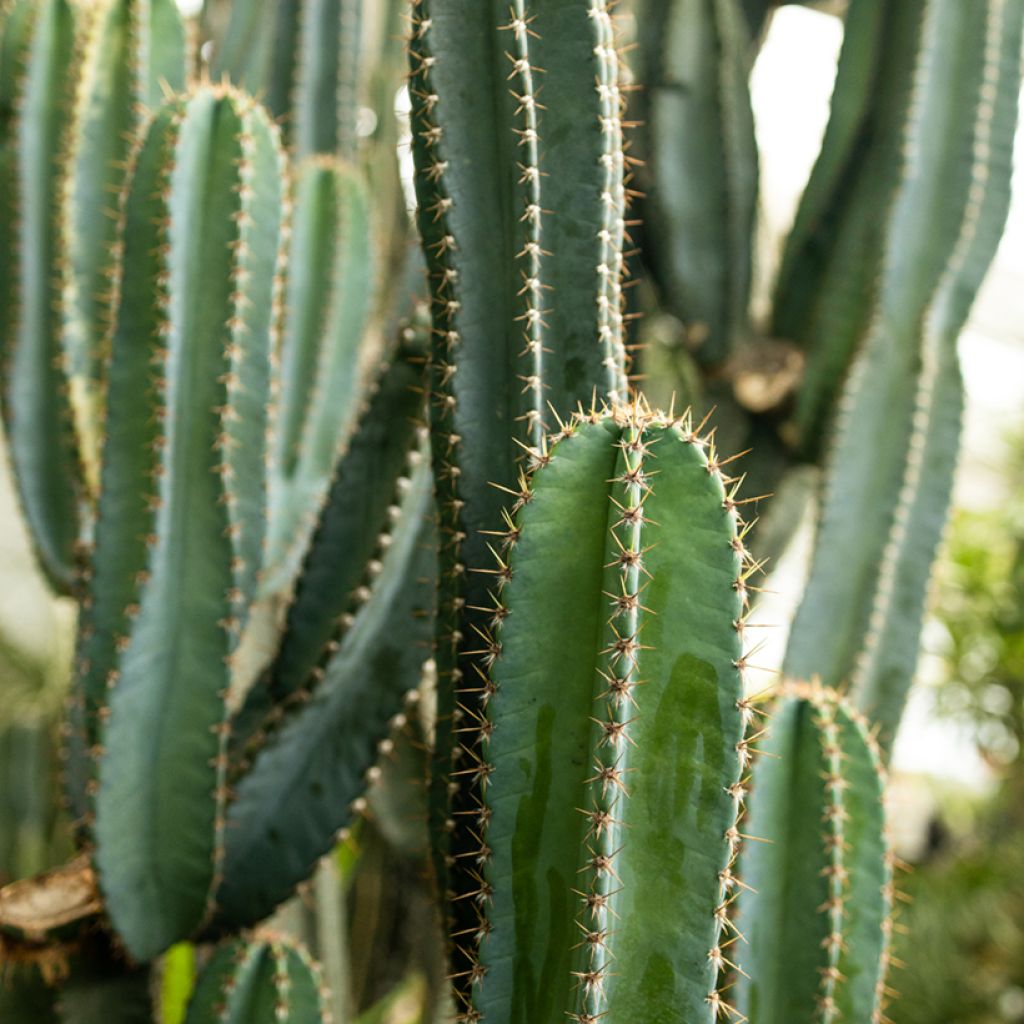

Pachycereus pringlei - Mexican giant cactus
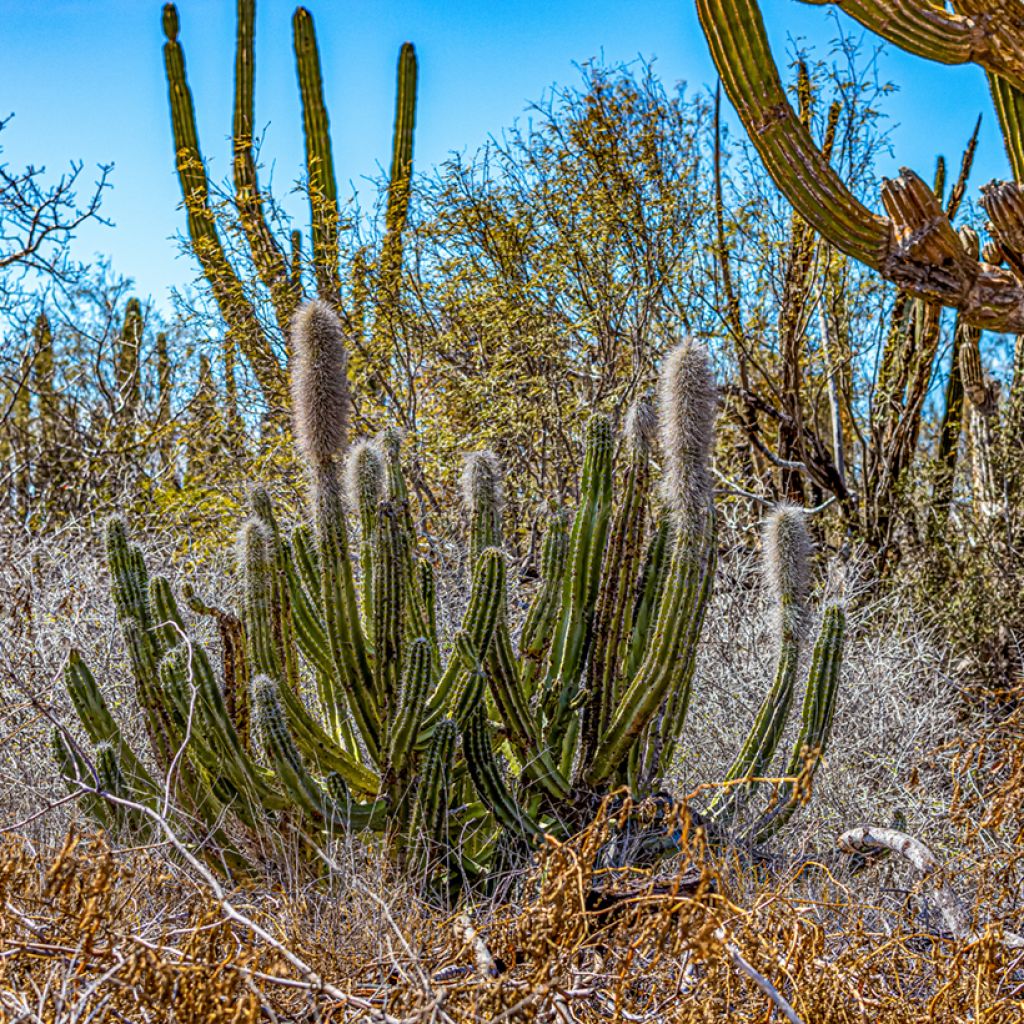

Pachycereus pringlei - Mexican giant cactus
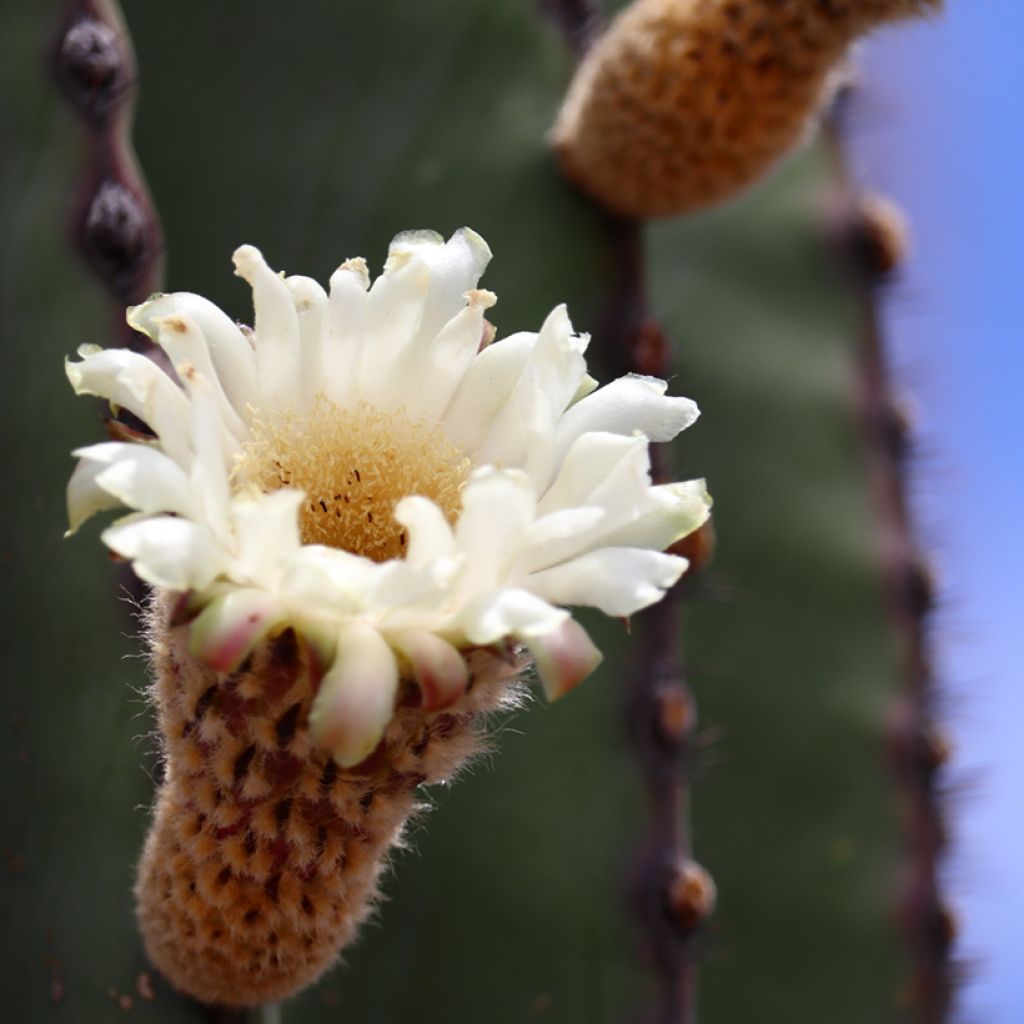

Pachycereus pringlei - Mexican giant cactus
Pachycereus pringlei - Mexican giant cactus
Pachycereus pringlei
Mexican giant cactus
Why not try an alternative variety in stock?
View all →This plant carries a 30 days recovery warranty
More information
We guarantee the quality of our plants for a full growing cycle, and will replace at our expense any plant that fails to recover under normal climatic and planting conditions.
Description
Pachycereus pringlei, native to northern Mexico, is one of the largest cacti in the world, reaching impressive dimensions in its natural habitat. It is distinguished by its imposing columnar habit, its dark green ribbed stems, and its numerous rigid thorns. This cactus grows quite quickly and can form several branches from a young age. Indoors, it is appreciated for its majestic appearance, although it grows slowly.
Pachycereus pringlei belongs to the Cactaceae family and is native to the Sonoran Desert, in northwestern Mexico and Baja California. It is also known by the names Cereus pringlei, Cereus calvus, Cereus titan, Pachycereus calvus, Pachycereus titan, Pilocereus pringlei. It grows naturally in arid zones, where it can reach 10 to 15 metres in height. When grown in pots indoors, it remains much more modest, typically reaching 1 metre after several years. Its columnar, dark green body is marked by 10 to 15 well-defined ribs, on which develop woolly areoles bearing robust, greyish thorns. At maturity, under good conditions, it produces large nocturnal white flowers, followed by reddish fleshy fruits, but these phenomena are very rare indoors.
Pachycereus pringlei requires several hours of direct sunlight per day. It tolerates high temperatures, between 20 and 35 °C, but must be protected from the cold and kept above 10 °C in winter. Its growing medium must be very well-draining, with a mix of cactus compost, coarse sand, and perlite being ideal to prevent water retention. Water moderately, allowing the medium to dry out completely between waterings. In winter, it is necessary to reduce watering significantly to respect its dormancy period. While not very susceptible to diseases, it can still be attacked by mealybugs.
Pachycereus pringlei is not toxic, but its rigid and sharp thorns can cause injuries if handled. It is advisable to wear gloves when repotting and to place it out of reach of children and pets to avoid any risk of accidents.
With its majestic habit, Pachycereus pringlei reigns in a spacious living room, conservatory, or bright greenhouse. It is best grown in a terracotta pot, which improves drainage and highlights its imposing silhouette. It pairs well with other columnar cacti, such as Carnegiea gigantea or Echinopsis terscheckii, as well as with more compact succulents, like Echeveria agavoides or Sedum nussbaumerianum.
Report an error about the product description
Pachycereus pringlei - Mexican giant cactus in pictures






Foliage
Plant habit
Botanical data
Pachycereus
pringlei
Cactaceae
Mexican giant cactus
North America
Safety measures
Other Indoor cacti and succulents
View all →Location
Location
Maintenance and care
Potting advice, substrates and fertilisers
Disease and pest advice
Maintenance and care
This item has not been reviewed yet - be the first to leave a review about it.
Similar products
Haven't found what you were looking for?
Hardiness is the lowest winter temperature a plant can endure without suffering serious damage or even dying. However, hardiness is affected by location (a sheltered area, such as a patio), protection (winter cover) and soil type (hardiness is improved by well-drained soil).

Photo Sharing Terms & Conditions
In order to encourage gardeners to interact and share their experiences, Promesse de fleurs offers various media enabling content to be uploaded onto its Site - in particular via the ‘Photo sharing’ module.
The User agrees to refrain from:
- Posting any content that is illegal, prejudicial, insulting, racist, inciteful to hatred, revisionist, contrary to public decency, that infringes on privacy or on the privacy rights of third parties, in particular the publicity rights of persons and goods, intellectual property rights, or the right to privacy.
- Submitting content on behalf of a third party;
- Impersonate the identity of a third party and/or publish any personal information about a third party;
In general, the User undertakes to refrain from any unethical behaviour.
All Content (in particular text, comments, files, images, photos, videos, creative works, etc.), which may be subject to property or intellectual property rights, image or other private rights, shall remain the property of the User, subject to the limited rights granted by the terms of the licence granted by Promesse de fleurs as stated below. Users are at liberty to publish or not to publish such Content on the Site, notably via the ‘Photo Sharing’ facility, and accept that this Content shall be made public and freely accessible, notably on the Internet.
Users further acknowledge, undertake to have ,and guarantee that they hold all necessary rights and permissions to publish such material on the Site, in particular with regard to the legislation in force pertaining to any privacy, property, intellectual property, image, or contractual rights, or rights of any other nature. By publishing such Content on the Site, Users acknowledge accepting full liability as publishers of the Content within the meaning of the law, and grant Promesse de fleurs, free of charge, an inclusive, worldwide licence for the said Content for the entire duration of its publication, including all reproduction, representation, up/downloading, displaying, performing, transmission, and storage rights.
Users also grant permission for their name to be linked to the Content and accept that this link may not always be made available.
By engaging in posting material, Users consent to their Content becoming automatically accessible on the Internet, in particular on other sites and/or blogs and/or web pages of the Promesse de fleurs site, including in particular social pages and the Promesse de fleurs catalogue.
Users may secure the removal of entrusted content free of charge by issuing a simple request via our contact form.
The flowering period indicated on our website applies to countries and regions located in USDA zone 8 (France, the United Kingdom, Ireland, the Netherlands, etc.)
It will vary according to where you live:
- In zones 9 to 10 (Italy, Spain, Greece, etc.), flowering will occur about 2 to 4 weeks earlier.
- In zones 6 to 7 (Germany, Poland, Slovenia, and lower mountainous regions), flowering will be delayed by 2 to 3 weeks.
- In zone 5 (Central Europe, Scandinavia), blooming will be delayed by 3 to 5 weeks.
In temperate climates, pruning of spring-flowering shrubs (forsythia, spireas, etc.) should be done just after flowering.
Pruning of summer-flowering shrubs (Indian Lilac, Perovskia, etc.) can be done in winter or spring.
In cold regions as well as with frost-sensitive plants, avoid pruning too early when severe frosts may still occur.
The planting period indicated on our website applies to countries and regions located in USDA zone 8 (France, United Kingdom, Ireland, Netherlands).
It will vary according to where you live:
- In Mediterranean zones (Marseille, Madrid, Milan, etc.), autumn and winter are the best planting periods.
- In continental zones (Strasbourg, Munich, Vienna, etc.), delay planting by 2 to 3 weeks in spring and bring it forward by 2 to 4 weeks in autumn.
- In mountainous regions (the Alps, Pyrenees, Carpathians, etc.), it is best to plant in late spring (May-June) or late summer (August-September).
The harvesting period indicated on our website applies to countries and regions in USDA zone 8 (France, England, Ireland, the Netherlands).
In colder areas (Scandinavia, Poland, Austria...) fruit and vegetable harvests are likely to be delayed by 3-4 weeks.
In warmer areas (Italy, Spain, Greece, etc.), harvesting will probably take place earlier, depending on weather conditions.
The sowing periods indicated on our website apply to countries and regions within USDA Zone 8 (France, UK, Ireland, Netherlands).
In colder areas (Scandinavia, Poland, Austria...), delay any outdoor sowing by 3-4 weeks, or sow under glass.
In warmer climes (Italy, Spain, Greece, etc.), bring outdoor sowing forward by a few weeks.




































